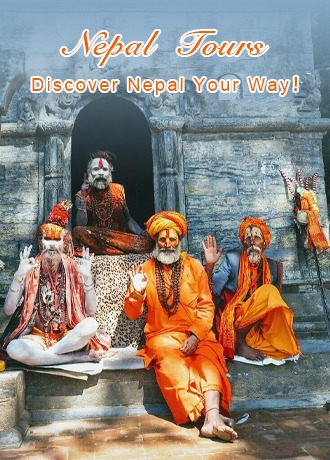Tihar in Nepal
- by Catherine
- Last Updated: 2024-01-07
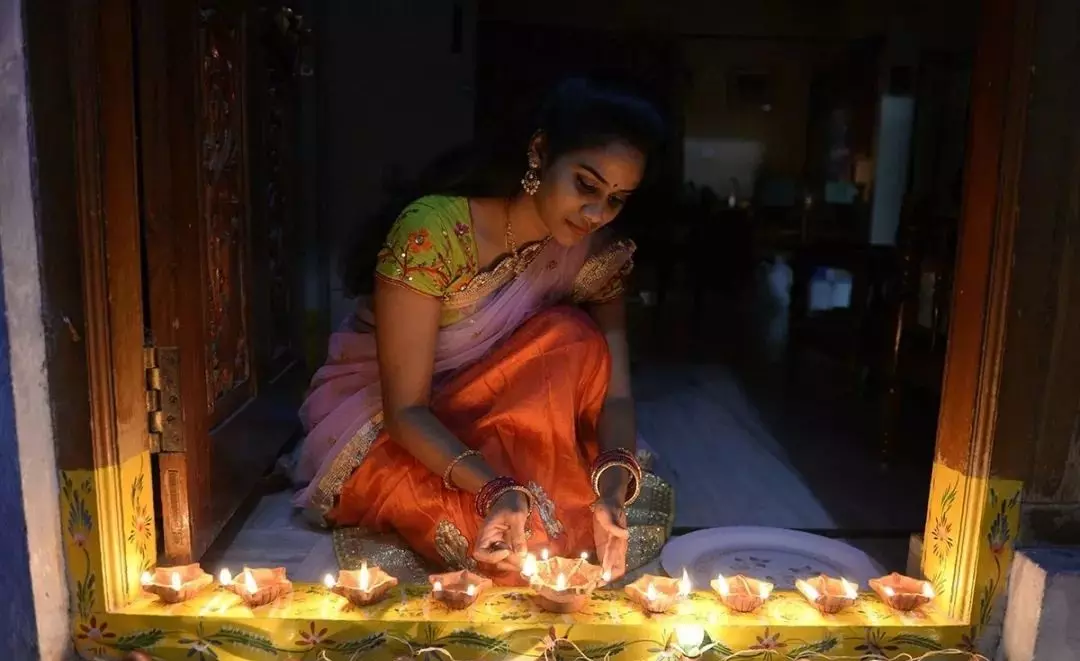
Tihar, also known as Diwali or Deepawali or the festival of lights, is a festival celebrated by Hinduism, Jainism, and Sikhism, for driving away darkness with light and defeating evil with goodness. Later, it's also regarded as a celebration of "inner light" and some Buddhists also celebrate this festival.
Tihar celebrates for five days starting from August 15th in the Nepalese calendar(late October or early November in the Gregorian calendar) every year, that is the 15th full moon day in the eighth month of the Hindu calendar.
In Nepal, Tihar is held in high regard, only second to the Dashain. It is also known as the most beautiful festival. In some parts of India, it even replaced Dashain as the largest festival. Nepali Tihar falls on 30th Oct and lasts until 3rd Nov in 2024.
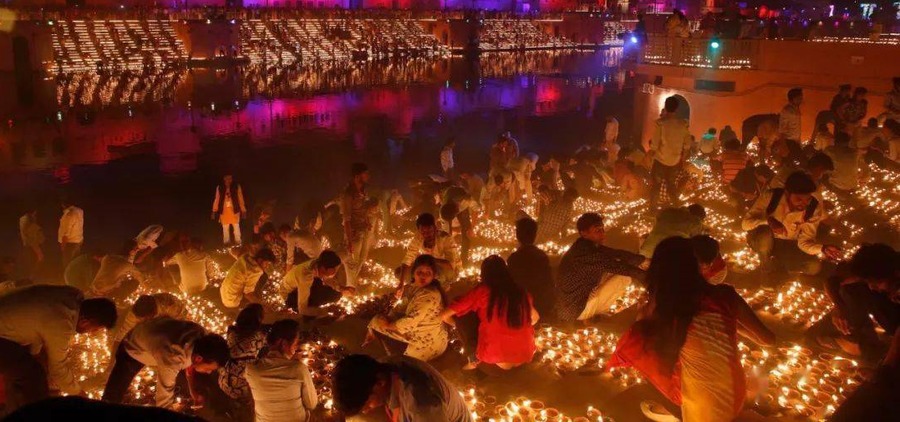
Some Legends about Tihar - Diwali in Nepal
Tihar derives from the Sanskrit words Deepa and avail which literally means "lights in rows". It is related to several Hindu myths. These myths all tell the story of justice over injustice and light over darkness.
One of the myths tells that Hindu god Krishna killed the Narakasura, a mythical Asura king, who intended to destroy the world. In northern India, Hindus worship the god Krishna, who lives in the sacred Mount Gfadhana and is regarded as the eighth avatar of Vishnu, one of the main Hindu gods. This myth has deep religious significance for the followers of Vishnu.
While the most commonly known story for Indians in the Southern region is to recall the return of God Rama after 14 years away from his hometown, during which he defeated the demon king Ravana and finally returned to Ayodhya, the oldest city in India. To celebrate this, the people lighted thousands of pottery lamps.
As the Brahmin described: "this city held a grand and joyous celebration for the return of the king. The shining lights symbolize how brilliant the heroic image of the king. And the name of the festival highlights the joy of people."
This festival is also of great significance to Sikhs and Jains in India. For Sikhs, Tihar is to celebrate the release of their spiritual leader, Guru Gobind Singh, from captivity by the Mughal Emperor Shah Jahan of India. For Jains, it is a festival to commemorate the founder of Jainism, Mahavira. He was born into the Western Paradise after his death.
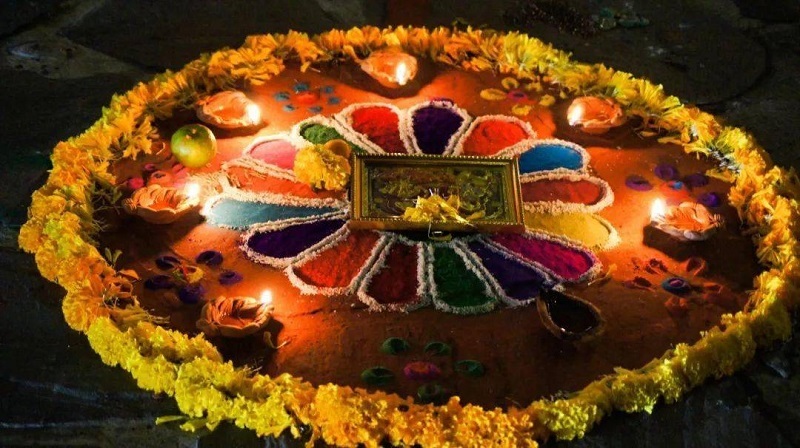
Tihar Celebrations
There is no formal ceremony for Tihar, similar to Christmas and New Year celebrations elsewhere in the world.
On the festival eve, the husband will buy gold or silver jewelry for his wife.
After the festival begins, in order to show respect to the gods, people will do the house-cleaning and repainting their houses. They will elaborately decorate their rooms, and create a dreamlike atmosphere with oil lamps or electric lanterns to please the gods, pay tribute to life, celebrate the harvest, and pray for a prosperous and bright future. Particularly, they will decorate the gate of their house, company, and shop by hanging clusters of marigolds on it.
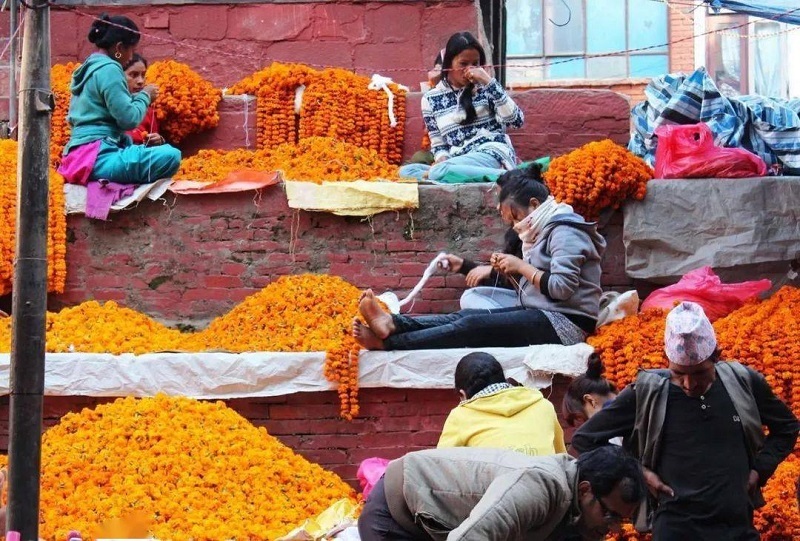
During the festival, most Nepalese families will dress up new clothes and put on jewelry, symbolizing their wish to start a new life. They’ll get together, singing Tihar songs and exchanging holiday candy named "Buffy", dried fruits, and gifts.
At night, every home and store lights up various lamps and makes fireworks fill the sky.
Companies are temporarily closed, yet the stock market will hold a special one-hour transaction a day to pay special respects to their goddess Lakshmi, the goddess of wealth and luck. In stores, the old account book will be replaced with a new one.
One of the most solemn ceremonies is when people draw a beautiful mandala in front of their houses during the festival. At the crossroads of the Tamil neighborhood in the capital where tourists are concentrated, there will be a huge mandala specially presented to friends from all over the world.
The full swing of this festival is to bathe in the holy river in order to purify the body and mind. Children must wash away the dirt from their bodies and purify souls in the river.
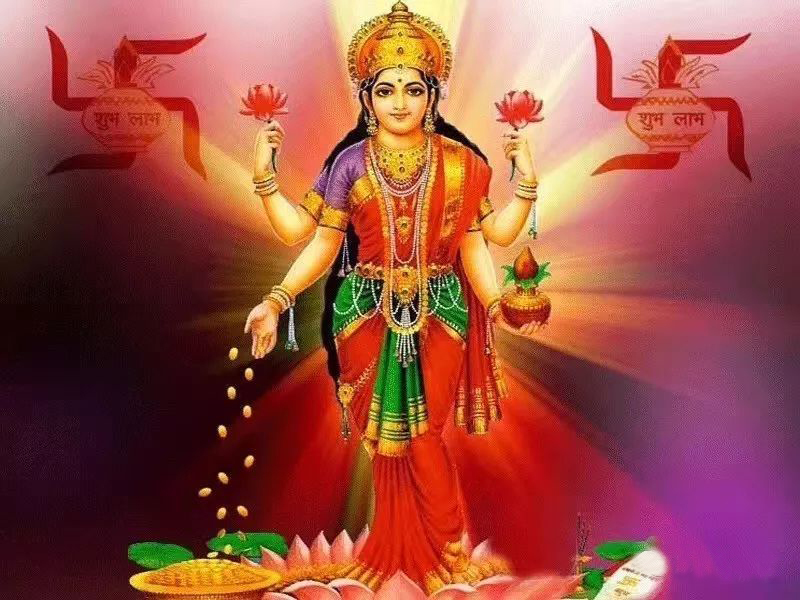
Tihar - the Festival of Lights
Tihar is the most brilliant and beautiful Nepali festival. Yet the highlight of the celebration comes when the sun gets down. Though insufficient power supply frequently, the Kathmandu Valley will be bright all night during Diwali, and there will be a more beautiful night scene than in many cosmopolitan cities.
Hindus have the tradition of giving gifts during the festival too. The copper-plated candle holder carrying a candle with metal skin is a popular gift for people. Of course, the most popular one is the Indian goddess Ganesha. In the Tihar festival, candy plays an integral role. Families and friends will present each other with colorful coconut candy "Buffy" to express their blessings.
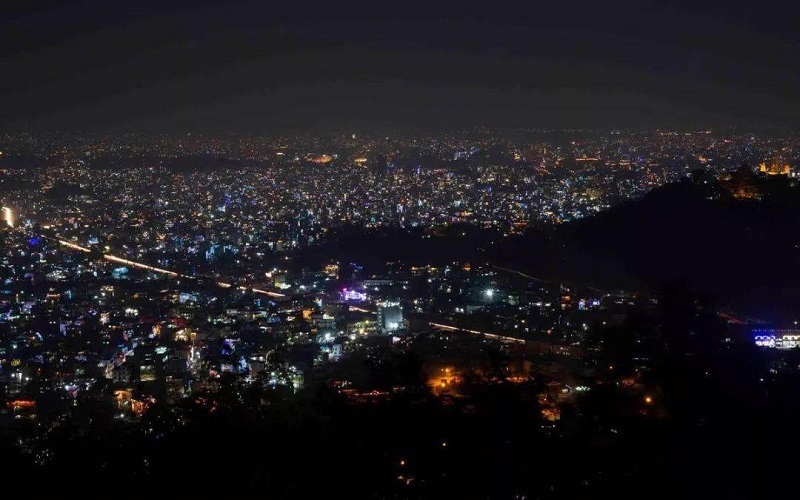
During Tihar, you are likely to see some mischievous monkeys. People who see these monkeys for unknown reasons will definitely regard them as special acrobat actors in the celebration. In fact, they're not. Hindus respect and worship monkeys as gods.
There is an allusion. It is said that the Hindu God Rama was framed by evils in the process of spiritual practice and was exiled in the harsh jungle for 14 years. Later, with the help of many monkey gods, Rama finally defeated the evils and returned to the people who loved him. Since then, Hindus regard the monkeys who have helped Rama as gods.
Tihar symbolizes the light of humanity over darkness. Hence it is also regarded as one of the most friendly and enjoyable celebrations in Hinduism. Even northern India's border near Pakistan is full of kindness. The border guards on both sides are rarely unarmed, shaking hands and hugging and exchanging desserts.
Whether in Nepal, India or Pakistan, or even in Dubai, worshippers congregate in front of the Hindu temples in a long queue, lighting up lamps, exchanging gifts, and displaying fireworks. Even if you are not a Hindu believer, you will join in this celebration with an open mind.
This festival is regarded as the festival to welcome the goddess of wealth and luck, the auspicious goddess Lakshmi. Every household will light up candles and oil lamps, waiting for the goddess to come.
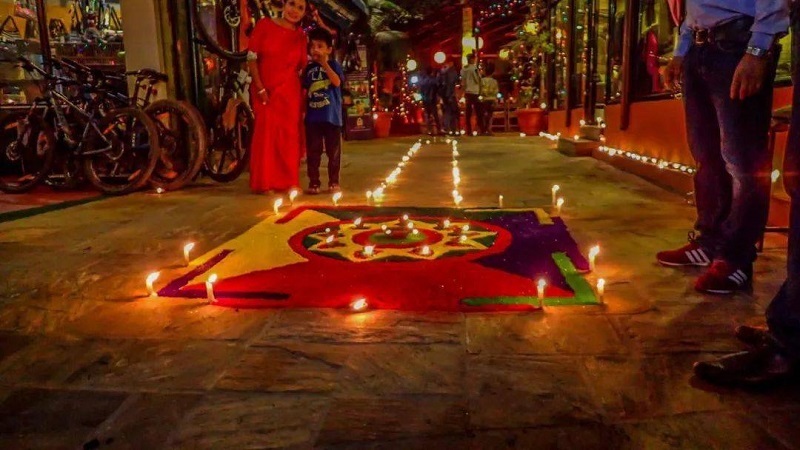
Customs of Tihar
Tihar is considered to be the most beautiful festival in Nepal. However, in the traditional Nepalese culture, the 5-day Festival is actually related to death. On each day of the Tihar festival, people will worship a kind of animal, which has a symbolic meaning of death.
Kaag Tihar – Day 1
The first day of Tihar is called Kaag (crow) Tihar. Crows are principally worshipped today. In Hinduism, crows are believed to be the messengers of the death god Yama, who will guide the dead to the underworld. The crows have been busy all year, and only this day they can rest.
In the early morning of that day, people would light up oil ropes and incense candles in the courtyard and interiors, put the cooked rice on the leaves, and leave it in front of the door to feed the crows. Here crows symbolize people's afterlife. The more crows that gather to eat rice, the more prosperous the people's afterlife. Otherwise, they will report bad news and make people feel uneasy for the next year.
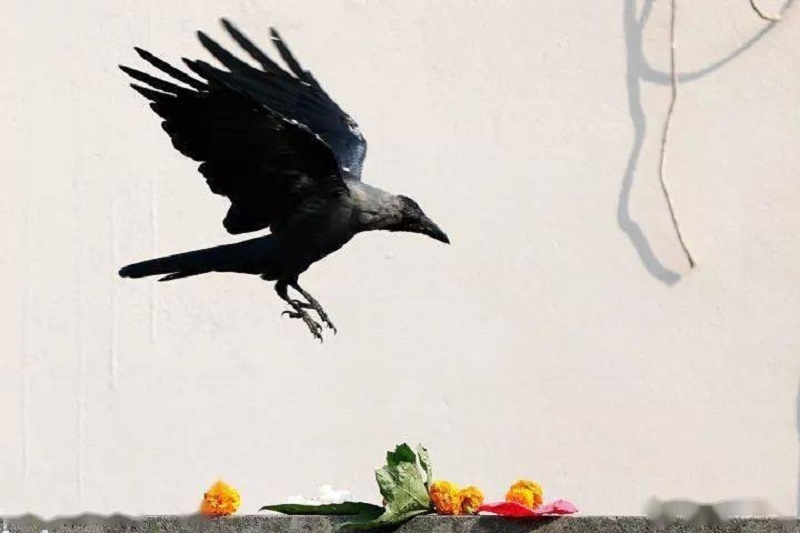
Kukur Tihar - Day 2
The second day is called Kukur (dog) Tihar. Dogs are revered by people on this day. In the Hindu concept, dogs are said to be the gatekeepers of the underworld. And these dogs can lead the souls of deceased people across the river of death, bringing their souls to heaven. Dogs also represent a person's previous life and they could prevent evil things from harassing the soul of the deceased.
On Kurkur Tihar, dogs will enjoy the highest courtesy. People would mark dogs with a red dot "tika", a symbol of blessing, put marigold garlands on dogs, and prepare a hearty meal for the dogs to pray for convenience when they met the gatekeepers of the underworld.
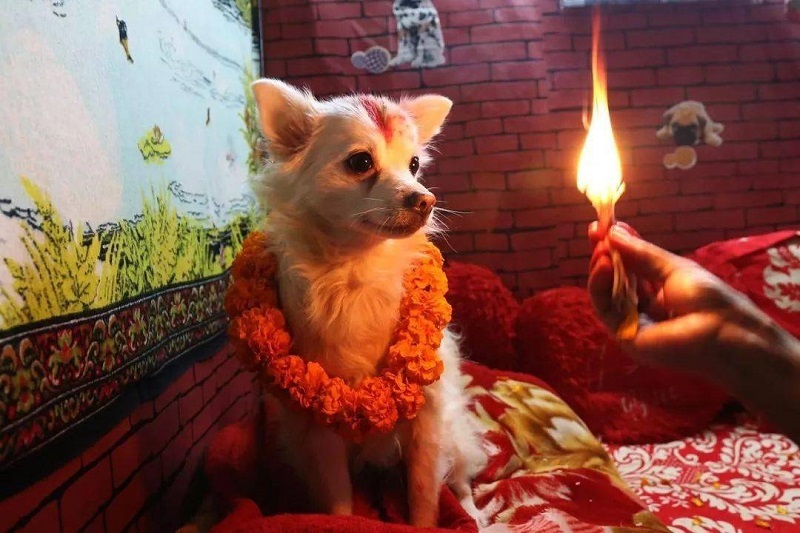
Gai Tihar and Lakshmi Puja - Day 3
The third day is called Gai (cow) Tihar. The cow is the legendary “mount” of the goddess of wealth Lakshmi and thus it's also associated with prosperity. People hold celebrations for the cow and its auspicious goddess Lakshmi. The most typical decoration is the mandala with mineral pigments, flowers and oil lamps as the main materials.
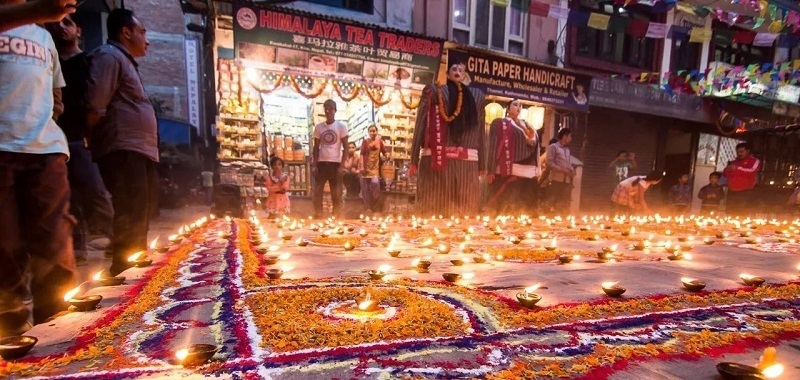
The cow is one of the most sacred animals in Hinduism. After people died, their soul must cross the Styx River, where are imbued with grieving ghosts, evils and other kinds of unlucky things, to reach the underworld and rebirth. Only by tying a holy thread to the tail of the sacred cow, can they cross the river successfully.
On Gai Tihar, people show their gratitude to the cows by worshipping them with tikas and garlands, painting the horns in silver and gold, and tying holy threads to the oxtail. This day is also called Deepawali, the most important day of Tihar. That night, the goddess of wealth and luck Lakshmi will come to the world to visit those people who welcome her with lights. There is a story about the origin of the ceremony.
The legend has it that one year, the goddess Lakshmi came to the world. She came to a place and found that it was dark. Only a small oil lamp was lit at the door of a household, and a small footprint was drawn with rice flour on the ground. Lakshmi walked along with the footprints to this family, and then, this family became to be rolling in it. After people knew what happened, they followed the example of this family. On the day when the goddess is descending, every family would clean their houses and doorways, light the oil lamps, decorate their doors with garlands made out of marigolds, and wait for the goddess to come.
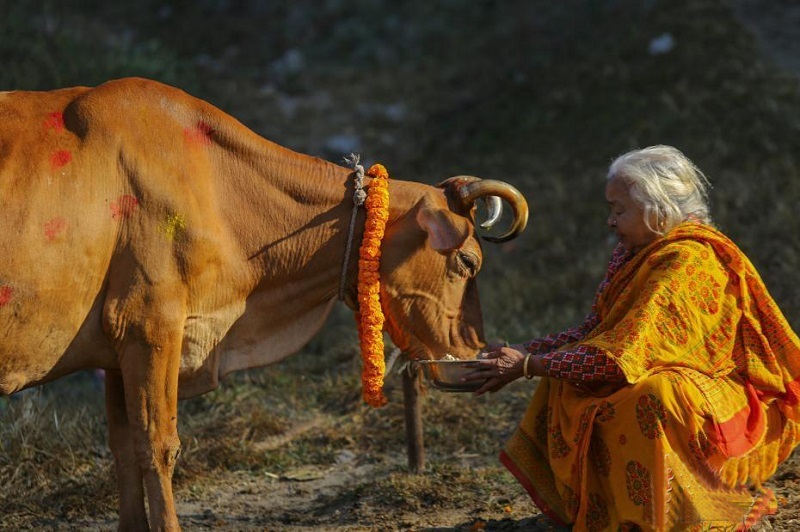
Govardhan Puja, Goru Puju and Mah Puja - Day 4
The fourth day of Tihar is called Puja, where the ox is worshipped and celebrated. It is said to be the legendary mount of the death god Yama.
Before entering the reincarnation, Yama will judge the deceased for his past-life, fairly measure his right and wrong, make a decision on the hierarchical level in his afterlife.
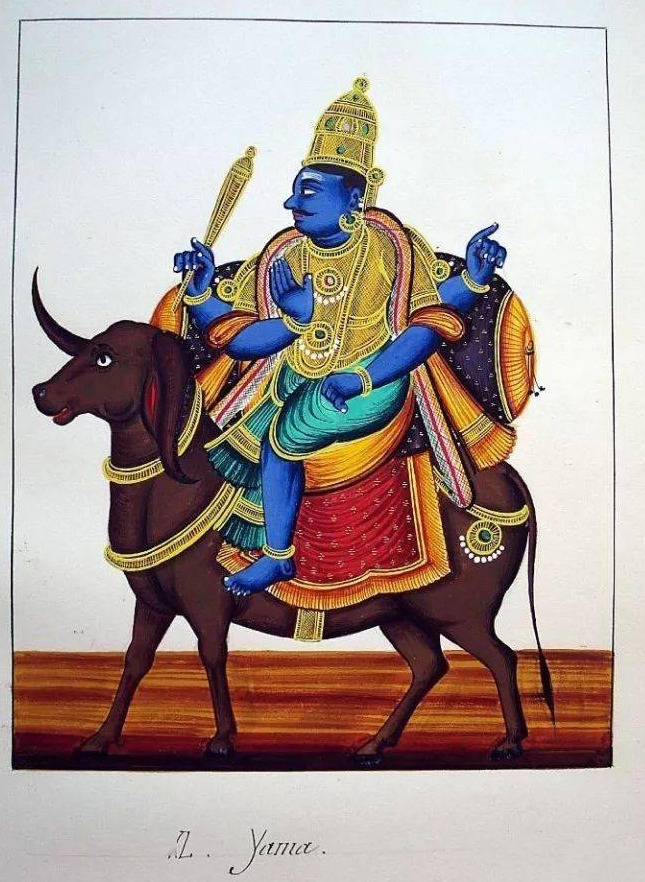
Hinduism is divided into four castes: Brahman, Kshatriya, Vaisha, and Sudra. The first three belong to the reincarnated races that can enter the cycle of rebirth as human beings, and they must tie to the holy thread at a certain age. The holy thread should be worn personally and changed every year.
Today is also the New Year of the Newari, the aborigines of the Kathmandu Valley.
The Newarians will be reunited today. Family members sit around on the roof or on the floor, and the father, as the parent, will draw two blessing patterns, one to protect the family and the other to dedicate to the god of death. Then people would hold family banquets and enjoy foods that symbolize luck and prosperity such as desserts, eggs, fried fish, etc., and drink some home-brewed rice wine.
After the feast, the family members would take turns in order to pray to the god of death, and then give each other gifts, usually lanterns, top hats, nuts, coins, snacks, and flowers.
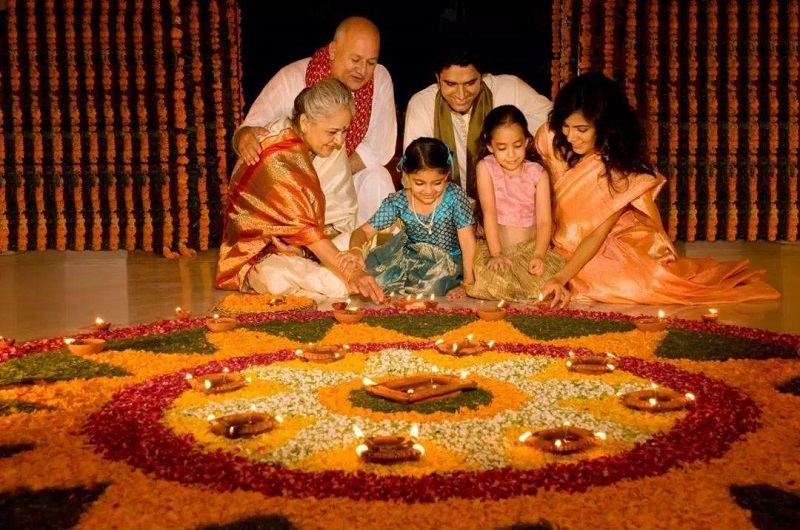
Bhai Tika - Day 5
The fifth and last day of Tihar is called Bhai Tika. On this day, the brothers in the family will go to their sister's residence to receive a variety of colors of "tika" and garlands as well as blessings to enhance the bond between brothers and sisters. The sisters will put seven-colored tikas on their brother's forehead. And then the brothers would follow the same ritual to put Tika on their sisters and give them some money in return.
Those who don't have a sister or whose sisters are not around can ask the neighbor’s sisters to bestow blessings. Those who don't have siblings can head to the Queen's Pool in the center of Kathmandu, where they worship and receive blessings.
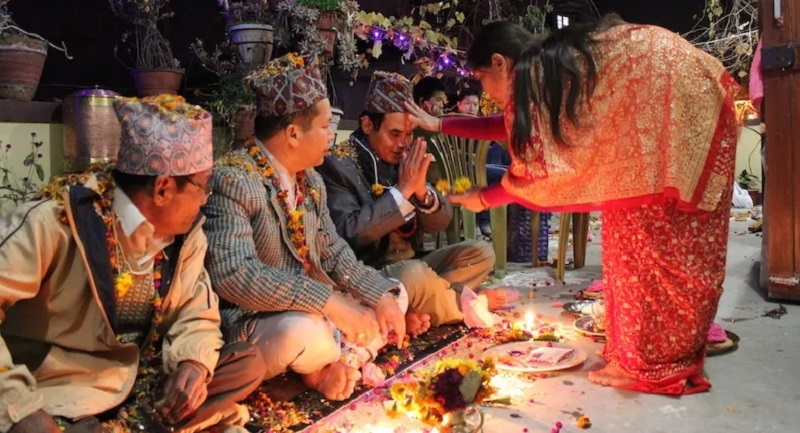
In the mythology, Yama was demanding a man's life whose life-span had expired. The man's sister prayed to Yama, "Please allow me to give my brother a tika to see him off." Then she started preparing for the ceremony, filling the lamp with yak butter, sprinkling the altar with ghee, and offering walnuts and marigolds on the altar. Yama was deeply moved by her warmly treating and granted her a wish. The woman thanked him and said, "I beg you not to take my brother away until the oil stains get dry, the nuts get soaked, and the marigolds fade.” Hearing this, Yama had no choice but to leave, because ghee will never get dry, nuts will never get soaked, and marigolds will never fade.
This story tells us that, even in the deep underworld, the power of the bonds between relatives can move the King of the Dead, and the lighting illuminates the way home after death.
The Timetable of Tihar Festival
| Year | Nepali Tihar Falls On |
| 2020 | November. 14th |
| 2021 | November. 4th |
| 2022 | October. 25th |
| 2023 | November. 10th |
| 2024 | October. 30th |
Final Words
In addition to the scene of the prosperous light, the five-day Tihar is actually like one's spiritual journey.
We will finally embark on a fateful journey alone, with crows leading the way, dogs waiting at the gate of the underworld, crossing the wicked river Styx with the assistance of cows, and go up to Yama for judgment.
However, even under the gaze of the gods, what a person can really rely on is the heart lamp ignited by his own nature, which will illuminate the way home and be liberated with the help of relatives.
Related Articles
-
Where is Nepal Located?
Located on the southern slopes of the Himalayans, Nepal is a landlocked country in South Asia, in eastern Eurasia, and on the west coast of the Pacific Ocean. -
Nepal Tibet Map
Nepal and Tibet are located on the south and north side of the Himalayas. Here're practical travel maps of the world's two top tourist destinations. -
Nepal Bhutan Tibet Tour Tips
Nepal Bhutan Tibet tour is a transnational journey. Before this special tour, travelers need to know some tips about permits and visas and attractions. -
How to Plan a Nepal Tibet Bhutan Tour?
Here are some tips for planning a wonderful Nepal Tibet Bhutan tour including regional overviews, required permits and visas, travel routes... -
Lukla: World's Most Dangerous Airport and Gateway to Mt.Everest
Lukla Airport(Tenzing-Hillary Airport) is located in Lukla in eastern Nepal. It is the only gateway from Kathmandu to Mount Everest. -
Top 10 Tourist Places to Visit in Nepal
Nepal is a beautiful country. Hinduism, Buddhism, ancient palaces, as well as rich and colorful natural landscape, constitute its unique tourism resources. -
Grand Festivals and Holidays of Nepal
Festivals of Nepal are an important part of Nepalese traditional culture. Most Nepali festivals originate from the worship of various gods. -
Dashain Festival in Nepal
Dashain is the largest and longest festival in Nepal. It means tenth in Nepali. It is to commemorate the victory of Goddess Durga over Buffalo demon. -
Hartalika Teej Festival
Hartalika Teej is a traditional festival celebrated by Hindu women. During the festival, married women would fast and pray for longevity for their husbands. -
Things to Know Before Visiting Nepal
Before you visit Nepal, it is necessary to know some Nepal travel tips including how to get to Nepal, cuisines, things to do, best time to go, etc.
Email response within 0.5~24 hours.


